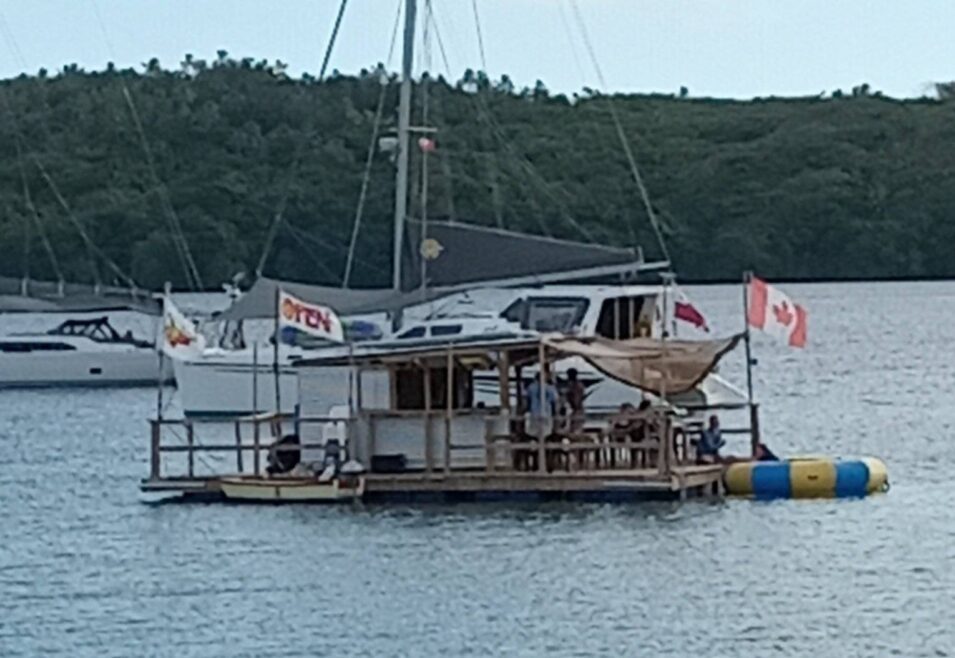By Pokere Paewai of rnz.co.nz and is republished with permission
New research has uncovered the earliest – and unlikely – place kūmara was cultivated in Polynesia.
Research indicates kūmara may have been cultivated at Triangle Flat in Golden Bay as early as AD 1290-1385. File picture. Photo: RNZ/Sally Round
The first people to arrive in Aotearoa likely arrived with the intention of growing crops, the study by University of Otago – Ōtākou Whakaihu Waka and published in international archaeology journal Antiquity, found.
Evidence of microscopic kūmara starch granules was discovered alongside taro and Pacific yam (uwhi) at Triangle Flat in Golden Bay (Mohua), were cultivated as early as AD 1290-1385.
This corresponded with the early settlement of Aotearoa, providing the first pre-1400 evidence for kūmara cultivation in Te Waipounamu – as early as anywhere else in Polynesia, the researchers said.
Lead author Professor Ian Barber said those first peoples arrived with a sophisticated agricultural mindset, they used techniques like soil mulching and laying shells above the planting pits to help kūmara grow.
“The first people who came here, came here to garden as well as to hunt things and they demonstrated from the outset that they were really sophisticated gardeners and they continued to be sophisticated gardeners over time.”
Professor Ian Barber is the lead author of a study that shows evidence of early kūmara cultivation in Golden Bay/Mohua. Photo: Supplied / University of Otago
There had been a big debate as to when kūmara arrived, not just in Aotearoa but in other areas of Polynesia, he said.
“The narrative of archeology has been traditionally that the first people who came here were largely hunters and foragers, that it was hard to grow Polynesian crops… and that therefore initially they relied more particularly on foraging, hunting, moa especially but also seals and that once those recourses were lost… they moved to other foods and especially to kūmara.”
But because kūmara shows up in early deposits, like the one at Triangle Flat, it means those first settlers most likely brought kūmara with them, he said.
Kūmara planting pits dug into a Shelly Beach ridge at Triangle Flat in which kūmara were grown, leaving distinctive starch granules in soils, from after 1600 AD. Photo: Supplied by University of Otago
The fact that Māori were growing crops in a relatively cool environment shows they were trying to adapt to their new home, he said.
“So basically at Triangle Flat in this relatively cool part of central Aotearoa they are trying everything. They are trying kūmara, they are trying uwhi, they are trying taro… we’ve got evidence of a succession of deposits and we see that in later garden deposits and later māra, basically it’s kūmara starch granules only that we identify.
“So they cut their teeth on all the crops, kūmara is that one that outperforms and becomes the big deal.”
Barber said kūmara made the perfect crop for new settlers.
“[Kūmara is] very hardy, it will respond to fertilisation but it is also tolerant of infertile soils, it doesn’t need a lot of watering, so over time if you’re facing climate change – and we do know there was a period of climate change in the Pacific from about 1400-1500AD – kūmara comes into its own, and that is certainly the case in Aotearoa.”
Gardener and astronomer Rereata Makiha is growing early varieties of kūmara in Hokianga. Photo: RNZ/Justine Murray
Kūmara in Māori traditions.
In Māori traditions the kūmara is associated with the atua (god) Rongomātāne (Rongo), who is also the god of peace.
Gardener and astronomer Rereata Makiha said there is some kōrero among his iwi in Hokianga that kūmara was brought to Aotearoa aboard the waka Ngātokimatawhaorua, while other kōrero say it was brought over on a different waka.
He is currently trying to grow some of the early varieties of kūmara at his gardens in Waimā.
“A lot of our early varieties kua ngarongaro katoa (are all lost), but they are just starting to come back now and we’ve got eight varieties here in Waimā.”
A kaumātua from Ahipara told Makiha they once grew seventy-one different varieties of kūmara, including one that was “red all the way through”.
When one hapū would visit another they would often bring baskets of kūmara as well as tuna and ‘illegal tegel’ (kereru) as a koha (gift), he said.
“It was one of those things that we always did when we go to visit whānau down the line, you take kai from the kāinga.”



















